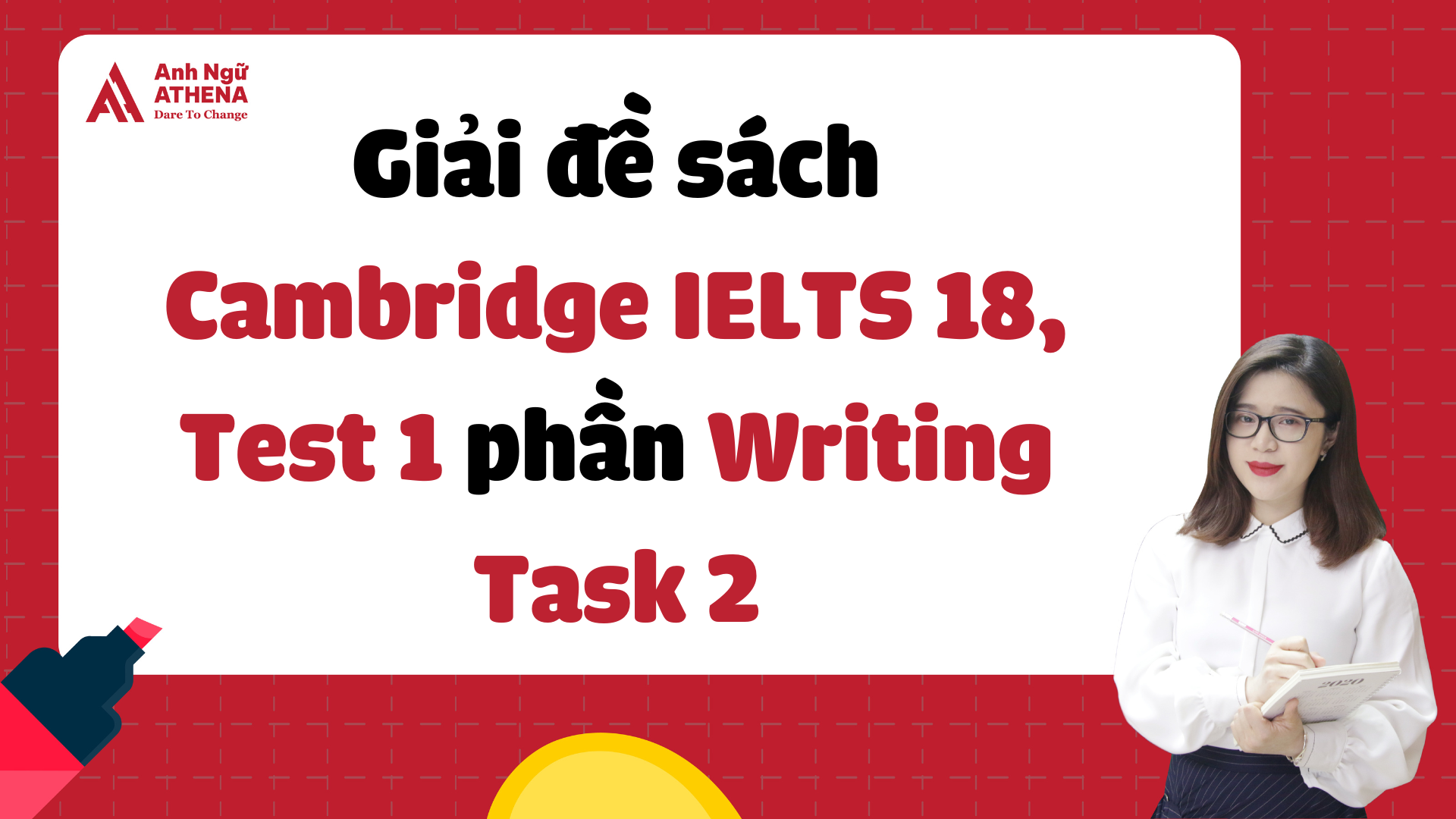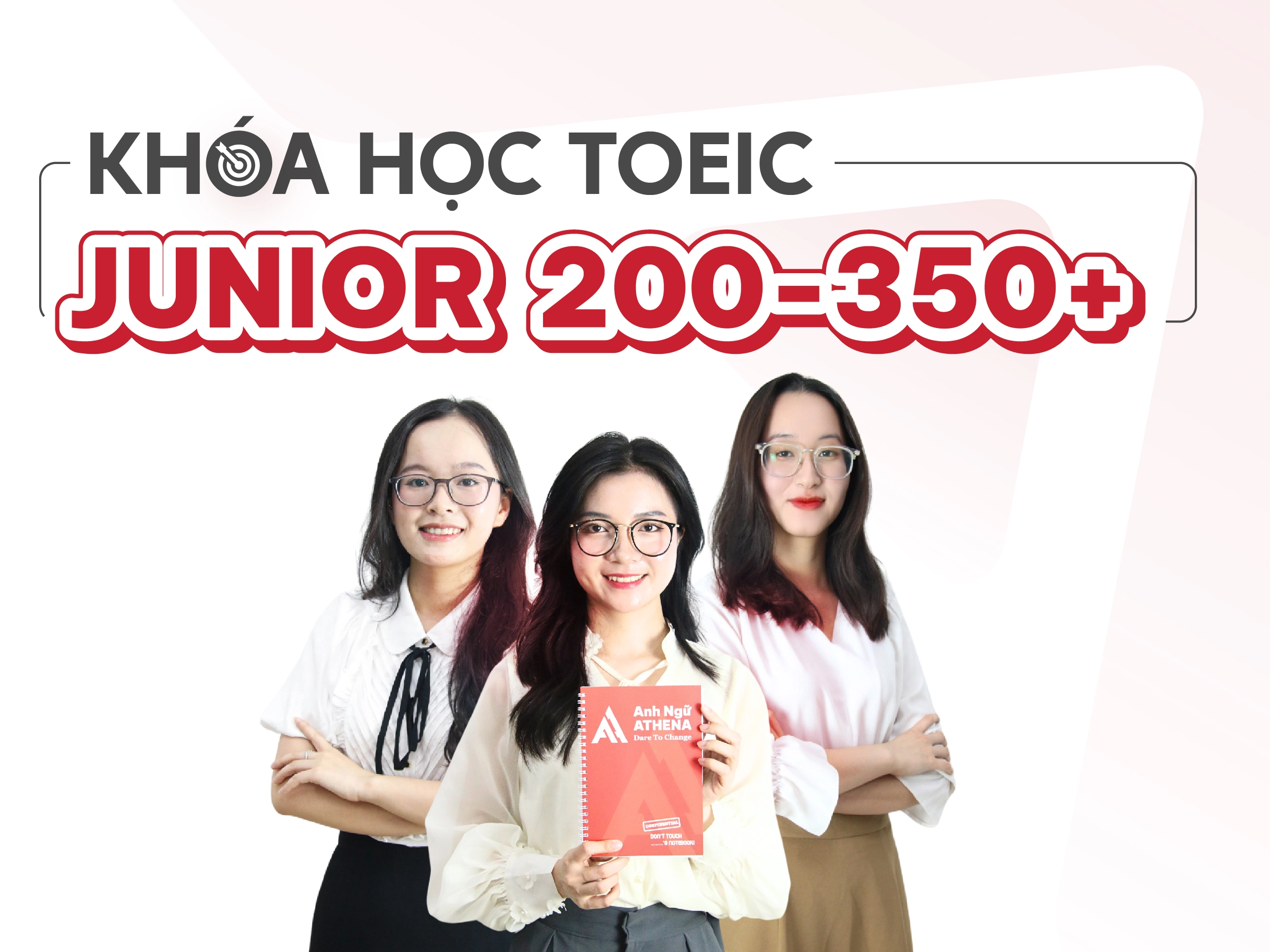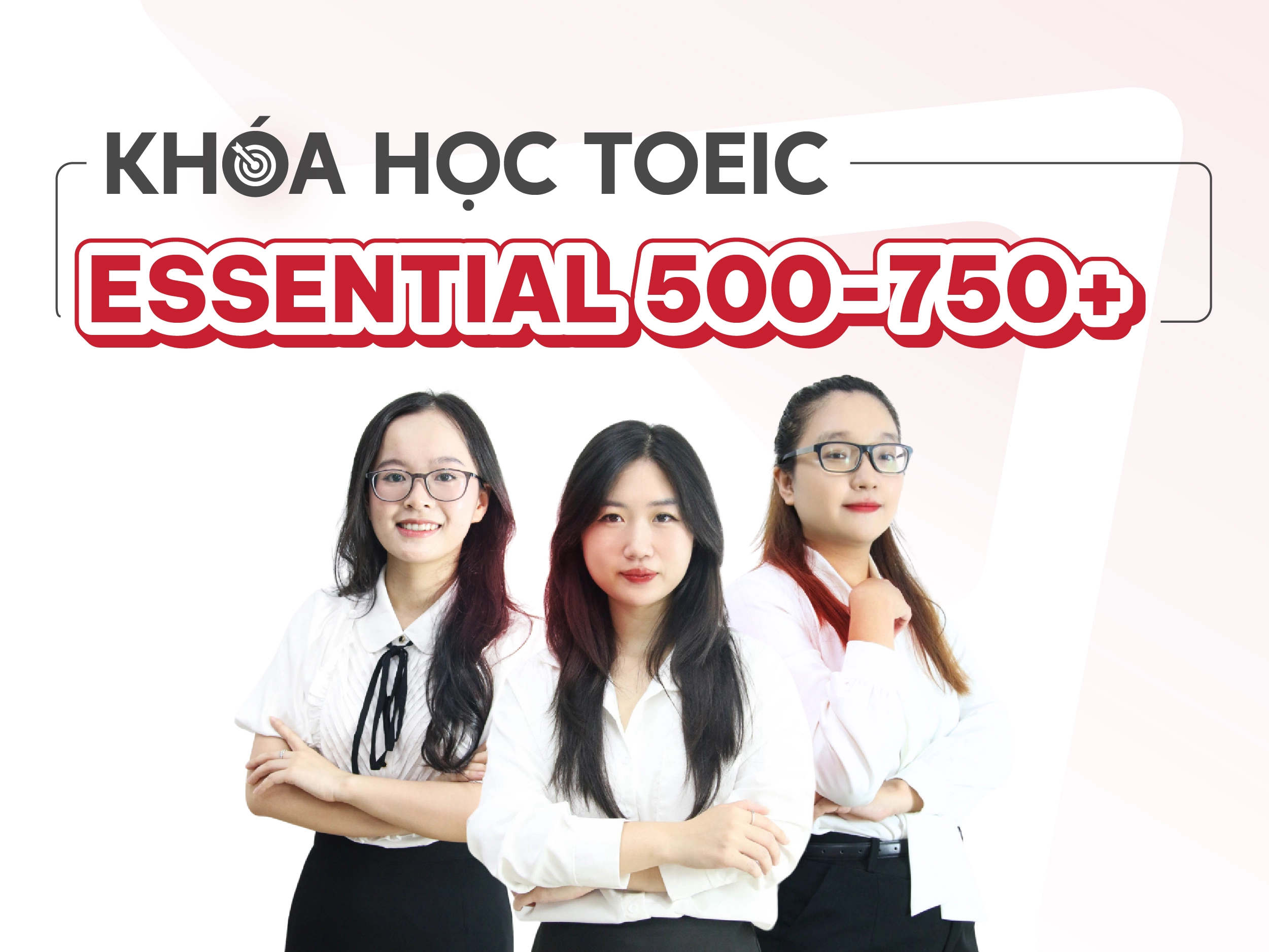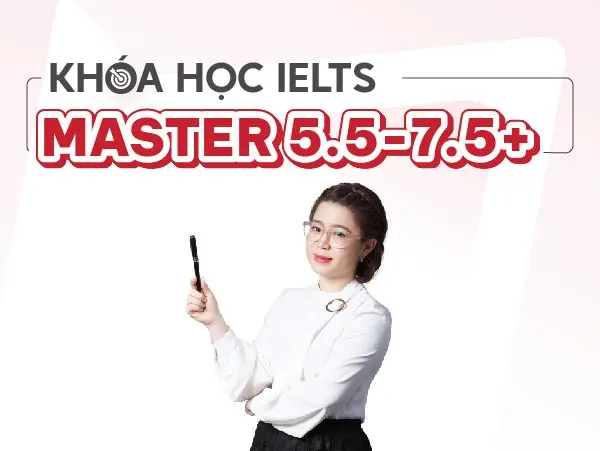Bài viết dưới đây gửi tới các bạn nội dung giải đề Cambridge IELTS 18, Test 1, Reading Passage 1 chi tiết giúp các bạn hiểu rõ nội dung bài đọc và hệ thống từ vựng hỗ trợ bạn chinh phục các phần thi Writing và Speaking với số điểm cao nhất.
Đề Cambridge IELTS 18, Test 1, Reading Passage 1
You should spend about 20 minutes on Questions 1-13 which are based on Reading Passage 1 below.
Urban farming
In Paris, urban farmers are trying a soil-free approach to agriculture that uses less space and fewer resources. Could it help cities face the threats to our food supplies?
On top of a striking new exhibition hall in southern Paris, the world’s largest urban rooftop farm has started to bear fruit. Strawberries that are small, intensely flavored and resplendently red sprout abundantly from large plastic tubes. Peer inside and you see the tubes are completely hollow, the roots of dozens of strawberry plants dangling down inside them. From identical vertical tubes nearby burst row upon row of lettuces; near those are aromatic herbs, such as basil, sage and peppermint. Opposite, in narrow, horizontal trays packed not with soil but with coconut fiber, grow cherry tomatoes, shiny aubergines and brightly coloured chards.
Pascal Hardy, an engineer and sustainable development consultant, began experimenting with vertical farming and aeroponic growing towers- as the soil-free plastic tubes are known – on his Paris apartment block roof five years ago. The urban rooftop space above the exhibition hall is somewhat bigger: 14,000 square meters and almost exactly the size of a couple of football pitches. Already, the team of young urban farmers who tend it have picked, in one day, 3,000 lettuces and 150 punnets of strawberries. When the remaining two thirds of the vast open area are in production, 20 staff will harvest up to 1,000 kg of perhaps 35 different varieties of fruit and vegetables, every day. ‘We’re not ever, obviously, going to feed the whole city this way,’ cautions Hardy. ‘In the urban environment you’re working with very significant practical constraints, clearly, on what you can do and where. But if enough unused space can be developed like this, there’s no reason why you shouldn’t eventually target maybe between 5% and 10% of consumption.’
Perhaps most significantly, however, this is a real-life showcase for the work of Hardy’s flourishing urban agriculture consultancy, Agripolis, which is currently fielding enquiries from around the world to design, build and equip a new breed of soil-free inner-city farm. ‘The method’s advantages are many,’ he says. ‘First, I don’t much like the fact that most of the fruit and vegetables we eat have been treated with something like 17 different pesticides, or that the intensive farming techniques that produced them are such huge generators of greenhouse gasses. I don’t much like the fact, either, that they’ve traveled an average of 2,000 refrigerated kilometers to my plate, that their quality is so poor, because the varieties are selected for their capacity to withstand such substantial journeys, or that 80% of the price I pay goes to wholesalers and transport companies, not the producers.’
Produce grown using this soil-free method, on the other hand- which relies solely on a small quantity of water, enriched with organic nutrients, pumped around a closed circuit of pipes, towers and trays- is ‘produced up here, and sold locally, just down there. It barely travels at all,’ Hardy says. ‘You can select crop varieties for their flavor, not their resistance to the transport and storage chain, and you can pick them when they’re really at their best, and not before.’ No soil is exhausted, and the water that gently showers the plants’ roots every 12 minutes is recycled, so the method uses 90% less water than a classic intensive farm for the same yield.
Urban farming is not, of course, a new phenomenon. Inner-city agriculture is booming from Shanghai to Detroit and Tokyo to Bangkok. Strawberries are being grown in disused shipping containers, mushrooms in underground car parks. Aeroponic farming, he says, is ‘virtuous’. The equipment weighs little, can be installed on almost any flat surface and is cheap to buy: roughly 100 to 150 per square meter. It is cheap to run, too, consuming a tiny fraction of the electricity used by some techniques.
Produce grown this way typically sells at prices that, while generally higher than those of classic intensive agriculture, are lower than soil-based organic growers. There are limits to what farmers can grow this way, of course, and much of the produce is suited to the summer months. ‘Root vegetables we cannot do, at least not yet,’ he says. ‘Radishes are OK, but carrots, potatoes, that kind of thing- the roots are simply too long. Fruit trees are obviously not an option. And beans tend to take up a lot of space for not much return.’ Nevertheless, urban farming of the kind being practiced in Paris is one part of a bigger and fast-changing picture that is bringing food production closer to our lives.
Questions 1-3: Complete the sentences below. Choose NO MORE THAN TWO WORDS ANDIOR A NUMBER from the passage for each answer. Write your answers in boxes 1-3 on your answer sheet.
Urban farming in Paris
(1) Vertical tubes are used to grow strawberries, …………………… and herbs.
(2) There will eventually be a daily harvest of as much as …………………… in weight of fruit and vegetables.
(3) It may be possible that the farm’s produce will account for as much as 10% of the city’s …………………… overall.
Questions 4-7: Complete the table below. Choose ONE WORD ONLY from the passage for each answer. Write your answers in boxes 4-7 on your answer sheet.
| Growth | Selection | Sale | |
| Intensive farming | + wide range of (4)…. used + techniques pollute air | + quality not good + varieties of fruit and vegetables chosen that can survive long (5)… | + (6).... receive very little of overall income |
| Aeroponic urban farming | + no soil used + nutrients added to water, which is recycled | + produce chosen because of its (7).... |
Questions 8–13: Do the following statements agree with the information given in Reading Passage 1? In boxes 8–13 on your answer sheet, write
TRUE if the statement agrees with the information
FALSE if the statement contradicts the information
NOT GIVEN if there is no information on this
(8) Urban farming can take place above or below ground.
(9) Some of the equipment used in aeroponic farming can be made by hand.
(10) Urban farming relies more on electricity than some other types of farming.
(11) Fruit and vegetables grown on an aeroponic urban farm are cheaper than traditionally grown organic produce.
(12) Most produce can be grown on an aeroponic urban farm at any time of the year.
(13) Beans take longer to grow on an urban farm than other vegetables.
Đáp án đề Cambridge IELTS 18, Test 1, Reading Passage 1
| Câu hỏi | Đáp án |
| 1 | lettuces |
| 2 | 1,000 kg |
| 3 | (food) consumption |
| 4 | pesticides |
| 5 | journeys |
| 6 | producers |
| 7 | flavor/ flavour |
| 8 | TRUE |
| 9 | NOT GIVEN |
| 10 | FALSE |
| 11 | TRUE |
| 12 | FALSE |
| 13 | NOT GIVEN |
Giải thích chi tiết đáp án Cambridge IELTS 18, Test 1, Reading Passage 1
3.1. Questions 1 - 3
Question 1: Vertical tubes are used to grow strawberries,...... and herbs.
(Ống đứng dùng để trồng dâu tây,...... và trồng rau thơm.)
- Đáp án: lettuces.
- Từ loại cần điền: danh từ.
- Nội dung: một loài thực vật được nuôi trồng trong phương pháp ống đứng
- Vị trí trong bài đọc: Peer inside and you see the tubes are completely hollow, the roots of dozens of strawberry plants dangling down inside them. From identical vertical tubes nearby burst row upon row of lettuces; near those are aromatic herbs, such as basil, sage and peppermint. (Nhìn vào bên trong, bạn sẽ thấy những cái ống hoàn toàn rỗng, rễ của hàng chục cây dâu tây lủng lẳng bên trong. Từ những ống thẳng đứng giống hệt nhau gần đó bùng nổ từng hàng rau diếp; gần đó là các loại thảo mộc thơm, chẳng hạn như húng quế, cây xô thơm và bạc hà.)
Question 2: There will eventually be a daily harvest of as much as ...... in weight of fruit and vegetables. (Cuối cùng sẽ có một vụ thu hoạch hàng ngày có trọng lượng bằng ...... trọng lượng trái cây và rau quả.)
- Đáp án: 1,000 kg.
- Thông tin cần điền: dạng số.
- Nội dung: khối lượng của trái cây và rau quả được thu hoạch trong một ngày.
- Vị trí trong bài đọc: When the remaining two thirds of the vast open area are in production, 20 staff will harvest up to 1,000 kg of perhaps 35 different varieties of fruit and vegetables, every day. (Khi hai phần ba diện tích rộng lớn còn lại được đưa vào sản xuất, 20 nhân viên sẽ thu hoạch tới 1.000 kg có lẽ là 35 loại trái cây và rau quả khác nhau mỗi ngày.)
Question 3: It may be possible that the farm's produce will account for as much as 10% of the city's ......... overall. (Có thể sản phẩm của trang trại sẽ chiếm tới 10% tổng sản lượng của thành phố.)
- Đáp án: (food) consumption.
- Từ loại cần điền: danh từ.
- Nội dung: Một khía cạnh của thành phố mà trong đó nông sản chỉ chiếm đến 10%.
- Vị trí trong bài đọc: When the remaining two thirds of the vast open area are in production, 20 staff will harvest up to 1,000 kg of perhaps 35 different varieties of fruit and vegetables, every day. ‘We're not ever, obviously, going to feed the whole city this way,’ cautions Hardy. 'In the urban environment you're working with very significant practical constraints, clearly, on what you can do and where. But if enough unused space can be developed like this, there's no reason why you shouldn't eventually target maybe between 5% and 10% of consumption. (Khi hai phần ba diện tích rộng lớn còn lại được đưa vào sản xuất, 20 nhân viên sẽ thu hoạch tới 1.000 kg có lẽ là 35 loại trái cây và rau quả khác nhau mỗi ngày. Hardy cảnh báo: “Rõ ràng là chúng tôi sẽ không bao giờ nuôi sống cả thành phố theo cách này”. 'Trong môi trường đô thị, bạn đang làm việc với những hạn chế thực tế rất đáng kể, rõ ràng là bạn có thể làm gì và ở đâu. Nhưng nếu có thể phát triển đủ không gian chưa sử dụng như thế này thì không có lý do gì bạn không nên nhắm mục tiêu vào khoảng 5% đến 10% mức tiêu thụ.).
- Giải thích: Bài đọc thể hiện nội dung rằng không thể cung cấp trái cây và rau quả cho cả thành phố bằng phương pháp canh tác thẳng đứng và tháp trồng khí canh trên mái nhà các khu chung cư. Nhưng nếu tận dụng được đủ những không gian trống, thì hoàn toàn có thể đặt mục tiêu đáp ứng 5 đến 10% mức tiêu thụ (“fruit and vegetables” khớp với “farm's produce”, “between 5% and 10%” khớp với “as much as 10%”, “the whole city” khớp với “the city's…overall” trong đề bài). Vì vậy, đáp án là “(food) consumption”.
3.2. Questions 4 - 7
Question 4: wide range of (4)…. used (phạm vi rộng của (4).... đã sử dụng)
- Đáp án: pesticides.
- Từ loại cần điền: danh từ.
- Nội dung: một vật được sử dụng dưới nhiều loại khác nhau, trong việc gieo trồng theo phương thức thâm canh nông nghiệp
- Vị trí trong bài đọc: First, I don't much like the fact that most of the fruit and vegetables we eat have been treated with something like 17 different pesticides, or that the intensive farming techniques that produced them are such huge generators of greenhouse I gasses. (Đầu tiên, tôi không thích thực tế là hầu hết trái cây và rau quả chúng ta ăn đều đã được xử lý bằng thứ gì đó giống như 17 loại thuốc trừ sâu khác nhau, hoặc kỹ thuật canh tác thâm canh tạo ra chúng là nguồn tạo ra lượng khí nhà kính khổng lồ).
- Giải thích: Bài đọc thể hiện nội dung rằng hầu hết trái cây và rau củ chúng ta ăn đã được xử lý bằng 17 loại thuốc trừ sâu khác nhau (“have been treated with” khớp với “used”, và “17 different” khớp với “wide range of”). Vì vậy, đáp án là “pesticides”.
Question 5: varieties of fruit and vegetables chosen that can survive long (5) ……..
(các loại trái cây và rau quả được lựa chọn có thể tồn tại lâu dài (5) ………)
- Đáp án: journeys.
- Từ loại cần điền: danh từ.
- Nội dung: thước đo về thời gian mà những loại trái cây và củ quả có thể sống được.
- Vị trí: I don't much like the fact, either, that they've traveled an average of 2,000 refrigerated kilometers to my plate, that their quality is so poor, because the varieties are selected for their capacity to withstand such substantial journeys, or that 80% of the price I pay goes to wholesalers and transport companies, not the producers. (Tôi cũng không thích thực tế là chúng đã di chuyển trung bình 2.000 km trong tủ lạnh đến đĩa của tôi, chất lượng của chúng quá kém, bởi vì giống được chọn theo khả năng chịu được những hành trình dài như vậy, hoặc 80 % giá tôi trả sẽ thuộc về người bán buôn và công ty vận tải chứ không phải người sản xuất).
- Giải thích: Bài đọc thể hiện nội dung các giống trái cây và củ quả được chọn để có khả năng chịu được qua những hành trình dài (“their capacity to withstand” khớp với “can survive”, và “long” khớp với “substantial”). Vì vậy, đáp án là “journeys”.
Question 6: (6)....... receive very little of overall income ((6)... nhận được rất ít tổng thu nhập)
- Đáp án: producers.
- Từ loại cần điền: danh từ.
- Nội dung: đối tượng nhận được rất ít thu nhập tổng thể.
- Vị trí: I don't much like the fact, either, that they've traveled an average of 2,000 refrigerated kilometers to my plate, that their quality is so poor, because the varieties are selected for their capacity to withstand such substantial journeys, or that 80% of the price I pay goes to wholesalers and transport companies, not the producers.
- Giải thích: Bài đọc thể hiện nội dung 80% giá trả là dành cho người bán buôn và công ty vận tải, không phải nhà sản xuất, do đó những nhà sản xuất nhận được rất ít tiền. Vì vậy, đáp án là “producers”.
Question 7: produce chosen because of its (7).... (sản xuất được lựa chọn vì (7) của nó....)
- Đáp án: flavour/ flavor.
- Từ loại cần điền: danh từ.
- Nội dung: một đặc điểm khiến nông sản được chọn khi canh tác bằng mô hình trang trại đô thị khí canh.
- Vị trí: You can select crop varieties for their flavor, not their resistance to the transport and storage chain, and you can pick them when they're really at their best, and not before. (Bạn có thể chọn các giống cây trồng vì hương vị của chúng chứ không phải vì khả năng chống chịu của chúng đối với chuỗi vận chuyển và bảo quản, đồng thời bạn có thể hái chúng khi chúng thực sự ở trạng thái tốt nhất chứ không phải trước đó).
- Giải thích: Bài đọc thể hiện nội dung rằng có thể chọn các giống cây trồng dựa vào hương vị của chúng (“select” khớp với “chosen”, và “crop varieties” khớp với “produce”). Vì vậy, đáp án là “flavor”.
3.3. Questions 8 - 13
Question 8: Urban farming can take place above or below ground. (Nông nghiệp đô thị có thể diễn ra trên hoặc dưới mặt đất.)
- Đáp án: TRUE
- Vị trí: On top of a striking new exhibition hall in southern Paris, the world's largest urban rooftop farm has started to bear fruit. Urban farming is not, of course, a new phenomenon. Inner-city agriculture is booming from Shanghai to Detroit and Tokyo to Bangkok. Strawberries are being grown in disused shipping containers, mushrooms in underground carparks. (Bên cạnh một phòng triển lãm mới nổi bật ở phía nam Paris, trang trại trên sân thượng đô thị lớn nhất thế giới đã bắt đầu đơm hoa kết trái. Tất nhiên, nông nghiệp đô thị không phải là một hiện tượng mới. Nông nghiệp nội thành đang bùng nổ từ Thượng Hải đến Detroit và Tokyo đến Bangkok. Dâu tây được trồng trong các container vận chuyển không còn sử dụng, nấm được trồng trong các bãi đậu xe dưới lòng đất.)
- Giải thích: Bài đọc thể hiện nội dung rằng mô hình trang trại đô thị có thể thực hiện được ở trên các mái nhà (“rooftop” khớp với “above ground”), và mô hình này cũng được thực hiện ở các bãi đỗ xe dưới lòng đất (“underground” khớp với “below ground”).
Question 9: Some of the equipment used in aeroponic farming can be made by hand. (Một số thiết bị được sử dụng trong canh tác khí canh có thể được chế tạo bằng tay.)
- Đáp án: NOT GIVEN.
- Vị trí: The equipment weighs little, can be installed on almost any flat surface and is cheap to buy: roughly €100 to €150 per square metre. It is cheap to run, too, consuming a tiny fraction of the electricity used by some techniques. (Thiết bị này có trọng lượng nhẹ, có thể lắp đặt trên hầu hết mọi bề mặt phẳng và có giá mua rẻ: khoảng €100 đến €150 mỗi mét vuông. Việc vận hành nó cũng rẻ, tiêu thụ một phần rất nhỏ điện năng được sử dụng bởi một số kỹ thuật.)
- Giải thích: Bài đọc thể hiện nội dung rằng thiết bị nhẹ, có thể được lắp đặt trên hầu hết mọi bề mặt mặt phẳng và chi phí rẻ, nhưng không đề cập đến thông tin “Một số thiết bị có thể được chế tạo bằng tay”. Vì vậy, đáp án là NOT GIVEN.
Question 10: Urban farming relies more on electricity than some other types of farming. (Nông nghiệp đô thị phụ thuộc nhiều vào điện hơn một số loại hình nông nghiệp khác.)
- Đáp án: FALSE.
- Vị trí: Aeroponic farming, he says, is 'virtuous'. The equipment weighs little, can be installed on almost any flat surface and is cheap to buy: roughly €100 to €150 per square metre. It is cheap to run, too, consuming a tiny fraction of the electricity used by some techniques. (Ông nói rằng canh tác khí canh là 'đạo đức'. Thiết bị này nặng nhẹ, có thể lắp đặt trên hầu hết mọi bề mặt phẳng và có giá mua rẻ: khoảng €100 đến €150 mỗi mét vuông. Việc vận hành nó cũng rẻ, tiêu thụ một phần rất nhỏ điện năng được sử dụng bởi một số kỹ thuật.)
- Giải thích: Bài đọc thể hiện nội dung rằng chi phí vận hành phương pháp canh tác khí canh (“Aeroponic farming” khớp với “Urban farming”) rất rẻ vì nó chỉ tiêu thụ một phần điện năng rất nhỏ (“consuming a tiny fraction of the electricity” trái ngược với “relies more on electricity”) so với những kỹ thuật khác (“some techniques” khớp với “some other types of farming”). Vì vậy, đáp án là FALSE.
Question 11: Fruit and vegetables grown on an aeroponic urban farm are cheaper than traditionally grown organic produce. (Trái cây và rau trồng tại trang trại khí canh đô thị rẻ hơn so với các sản phẩm hữu cơ được trồng truyền thống.)
- Đáp án: TRUE.
- Vị trí: Produce grown this way typically sells at prices that, while generally higher than those of classic intensive agriculture, are lower than soil-based organic growers. There are limits to what farmers can grow this way, of course, and much of the produce is suited to the summer months. (Sản phẩm được trồng theo cách này thường được bán với giá, mặc dù nhìn chung cao hơn so với nông nghiệp thâm canh cổ điển nhưng lại thấp hơn so với người trồng hữu cơ trên đất. Tất nhiên, có những giới hạn đối với những gì nông dân có thể trồng theo cách này và phần lớn sản phẩm phù hợp với những tháng mùa hè.)
- Giải thích: Bài đọc thể hiện nội dung rằng nông sản (“Produce” khớp với “Fruit and vegetables”) được trồng theo phương pháp canh tác khí canh thường bán với giá thấp hơn (“lower” khớp với “cheaper”) so với người trồng trọt hữu cơ trên đất (“soil-based organic” khớp với “traditionally grown organic”). Vì vậy, đáp án là TRUE.
Question 12: Most produce can be grown on an aeroponic urban farm at any time of the year. (Hầu hết các sản phẩm có thể được trồng ở trang trại khí canh đô thị vào bất kỳ thời điểm nào trong năm.)
- Đáp án: FALSE.
- Vị trí: There are limits to what farmers can grow this way, of course, and much of the produce is suited to the summer months. 'Root vegetables we cannot do, at least not yet,' he says. (Tất nhiên, có những giới hạn đối với những gì nông dân có thể trồng theo cách này và phần lớn sản phẩm phù hợp với những tháng mùa hè. Ông nói: “Chúng tôi không thể làm được rau củ, ít nhất là chưa”.).
- Giải thích: Bài đọc thể hiện nội dung rằng có những hạn chế trong phương pháp trồng này và hầu hết các loại nông sản (“much of the produce” khớp với “Most produce”) chỉ phù hợp trồng vào tháng hè (“summer months” trái ngược với “at any time of the year”). Vì vậy, đáp án là FALSE.
Question 13: Beans take longer to grow on an urban farm than other vegetables. (Đậu mất nhiều thời gian để phát triển ở trang trại đô thị hơn các loại rau khác.)
- Đáp án: NOT GIVEN.
- Vị trí: And beans tend to take up a lot of space for not much return. Nevertheless, urban farming of the kind being practised in Paris is one part of a bigger and fast-changing picture that is bringing food production closer to our lives. (Và đậu có xu hướng chiếm nhiều không gian mà không mang lại nhiều lợi nhuận. Tuy nhiên, hình thức canh tác đô thị đang được thực hiện ở Paris là một phần của bức tranh lớn hơn và đang thay đổi nhanh chóng nhằm đưa sản xuất lương thực đến gần hơn với cuộc sống của chúng ta.)
- Giải thích: Bài đọc thể hiện nội dung rằng các hạt đậu có xu hướng chiếm nhiều không gian (“ take up a lot of space”) chứ không đề cập đến yếu tố mất nhiều thời gian để lớn (“take longer to grow”). Vì vậy, đáp án là NOT GIVEN.
Tổng kết
Bài viết trên đã giải thích chi tiết đề Cambridge IELTS 18, Test 1, Reading Passage 1 giúp người học hiểu sâu hơn các câu hỏi và đáp án của chúng. Các bạn hãy thường xuyên ôn tập, mở rộng vốn từ của mình để có thể chinh phục kỹ năng Reading với số điểm cao nhất nhé! Đừng quên tham khảo khóa học IELTS toàn diện từ 0 đạt 6.5-8.0+ dành cho người mất gốc tại Athena nếu như các bạn chưa biết bắt đầu từ đâu.
- Lộ trình học “tối giản”, “tối ưu” giúp bạn nắm vững kiến thức cơ bản, và nắm chắc tấm bằng IELTS 6.5+ trong tầm tay.
- Giáo trình và phương pháp được chính Ths. Đỗ Vân Anh (8.5 IELTS với 10 năm kinh nghiệm giảng dạy TOEIC/IELTS) biên soạn và giảng dạy trực tiếp.
- Học phí “nhẹ ví” với các bạn sinh viên: Khóa IELTS từ mất gốc đến 6.5+ tại Athena là lựa chọn phù hợp với các bạn sinh viên mong muốn sở hữu tấm bằng IELTS với chi phí thấp nhưng chất lượng cao:
- Học phí khóa từ 0-8.0+ tại Athena chỉ nhỉnh hơn 8 triệu (đã bao gồm tài liệu và cam kết ko phát sinh chi phí trong quá trình học).
- Ngoài ra, Athena tặng 1 buổi speaking 1-1 với cô Vân Anh hàng tuần để cô sửa trực tiếp cho các bạn.
- Athena hỗ trợ 50% lệ phí thi tương đương 2tr375.
- Ngoài ra, Athena còn trao học bổng định kỳ với các bạn đạt điểm IELTS như mong ước.
Thông tin chi tiết về khoá học IELTS từ 0 đạt 6.5-8.0 của Athena TẠI ĐÂY.

Tìm hiểu thêm:
- [FULL PDF] Tải sách “Collins reading for IELTS” bản đẹp miễn phí
- [PDF + Review] Bộ tài liệu Basic IELTS Reading
- TOP 10 sách IELTS Reading hay nhất chinh phục mọi band điểm





![[FULL TRANSCRIPT] Chi tiết giải đề Cambridge IELTS 18, Test 1, Listening Part 1: Transport survey](https://anhnguathena.vn/anhngu//img.media/2024/02/1706885942833.png?v=1.0.0)








![[Cập nhật] Lịch thi TOEIC 2025 Quý 1 tại IIG Việt Nam](https://anhnguathena.vn/upload/ban-sao-cua-template-bai-viet-seo-6.png?v=1.0.0)





